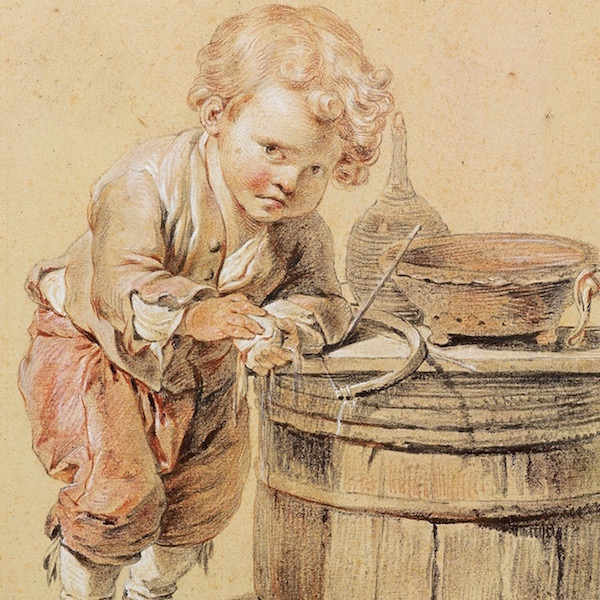 Culture & Ethics
Culture & Ethics
 Life Sciences
Life Sciences
 Medicine
Medicine
First State-Sanctioned Three-Parent Babies to be Born

It is odd, isn’t it? We go to radical lengths to help women have babies — as we also allow babies to be destroyed in the womb if deemed undesirable for reasons of life circumstance, disability of the fetus, sex, or whatever.
Ah well, we want what we want and don’t what we don’t. Whether getting to that point is morally or ethically correct doesn’t seem to matter as much as it should.
Pursuing this line of cultural trajectory, doctors in the UK are going to undertake a biotechnological procedure to have the first state-sanctioned three-parent babies born in order to prevent the mothers from passing on mitochondrial disease. From the Guardian story:
To perform the procedure, doctors create a fertilised egg using IVF as normal. But rather than letting it develop into an embryo, the parents’ chromosomes are removed and placed inside a donor egg that has had its own genetic material removed. The embryo so created has all of the parents’ chromosomes, but the mother’s damaged mitochondria are replaced with the donor’s healthy ones.
Well, let’s be precise, shall we?
Once the IVF fertilization is completed, the result is a new human life come into being, a one-celled embryo, known as a zygote. When the nucleus of that embryo is removed, that very nascent human life is destroyed and its nuclear genetic materials used to create a different human life.
That will matter to some people and not to others, but it’s the truth of the matter.
This is a sister of cloning via somatic cell nuclear transfer, the difference being that the nucleus is transferred from the one-celled embryo in this procedure rather than from an adult (somatic, such as a skin) cell. In essence, the child is her own genetic donor, destroyed and remade to contain the same nuclear genome but with different mitochondrial DNA components.
This manipulation has been authorized by the Parliament. Too bad, because it is rank human experimentation, the safety of which cannot be known empirically because it has never been done before.
Professor Sian Harding, director of the British Heart Foundation Imperial Cardiac Regenerative Medicine Centre in London said Britain had reached the point of treating women with mitochondrial donation therapy “after a very thorough public consultation process”.
“It is absolutely fantastic that we have got to this point in such a well-regulated and controlled way,” she added. “It is going to be so important now to follow up and understand whether this is successful and how we can take it forward. If you don’t follow up the children, we just won’t know whether this is the right thing to do.”
Translation: The children could have serious health consequences — either early or later in life — having been generated, after all, from two broken eggs. If so, only then will scientists know whether it is what they consider “the right thing to do.”
Of course if there are serious problems detected during gestation — having figuratively moved heaven and earth to create these human beings — there is always the abortion option.
Sigh. For those who want more scientific details, hit this link to a chart created by Dr. David Prentice of Charlotte Lozier Institute.
Image: “Boy with a Broken Egg,” 1756, by Jean-Baptiste Greuze [Public domain], via Wikimedia Commons.
Cross-posted at The Corner.

